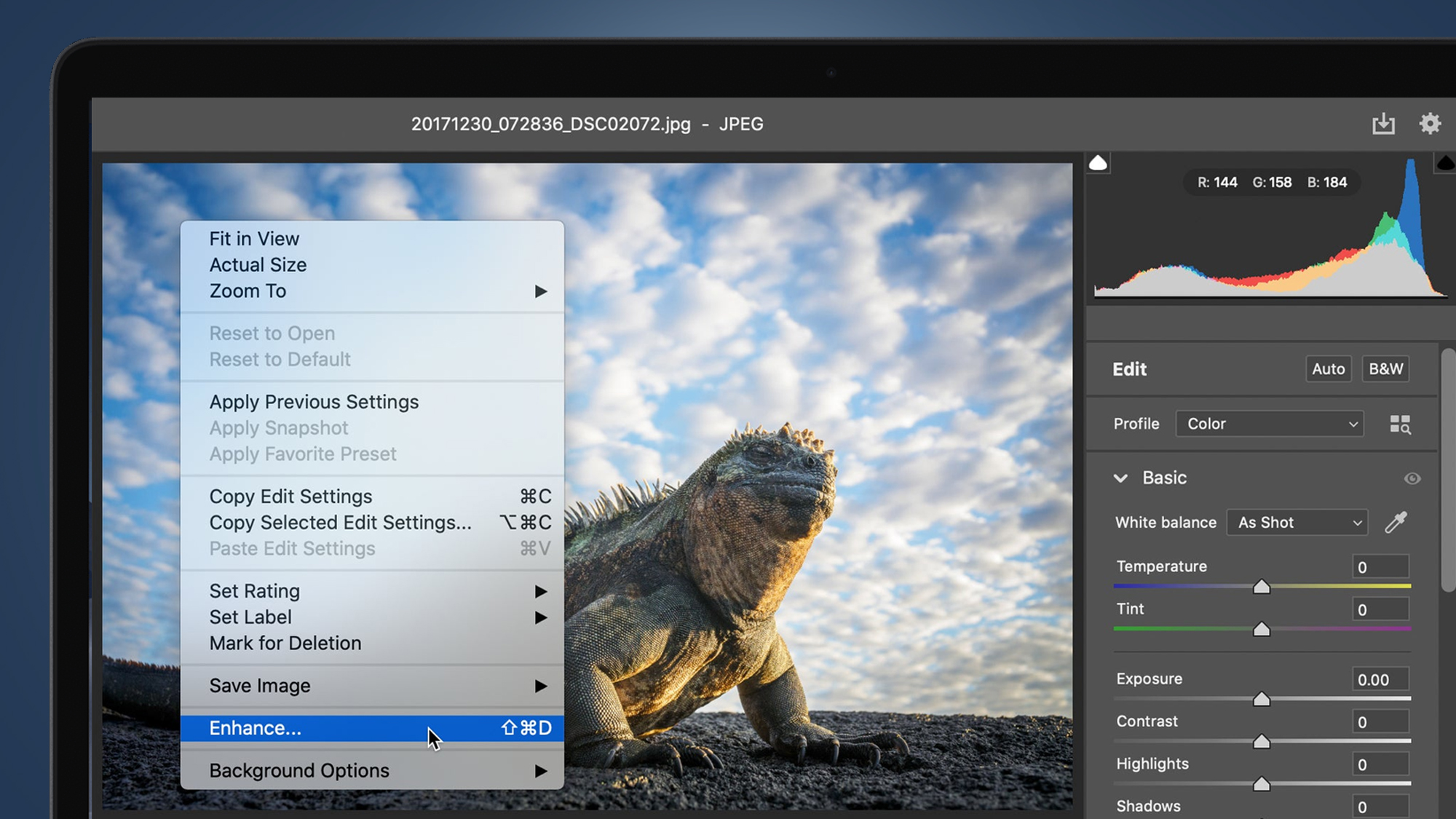The Canon EOS R7 and EOS R10 may have only just landed, but they're already old news it seems – fresh rumors have claimed the camera giant is preparing to break the 100MP barrier with an ambitious full-frame model, albeit not this year.
Canon Rumors is confident that the 100MP camera, expected to be called the Canon EOS R5s, is now in the works. The site's new post, which it's given a rumor reliability rating that it says equates to "fact", claims it's "been told Canon is indeed going to release a full-frame RF mount camera with 100+ megapixels sometime in the first half of 2023".
That might sound a long way off, but it seems we'll be hearing about the resolution beast before then. Canon Rumors says that "the announcement could come later in 2022", which would be most likely in the form of a development announcement that we've seen for previous cameras like the Canon EOS R3.
These rumors raise a couple of big questions. Firstly, where might the 100MP model sit in Canon's EOS R lineup? While that kind of resolution might sound flagship-worthy, Canon is also strongly rumored to be working on a Canon EOS R1 to lead its mirrorless lineup.
But... why?
The 100MP Canon EOS R5s, then, would probably be the natural successor to its 50MP Canon EOS 5DS DSLR. We awarded that camera five stars when it arrived back in 2015, and it remains the highest-resolution Canon consumer camera you can buy (impressively, for under $1,000 / £1,000 second-hand, these days).
Perhaps the tougher question to answer is why Canon seemingly feels the need to make a 100MP full-frame camera in the first place. Studio and landscape photographers are gluttons for resolution, as it's particularly helpful when making giant, wall-spanning prints.
But the image quality gains arguably become marginal the further north of 50MP you go, which means another factor is likely at play – a new megapixel race with Sony and Fujifilm.
Recent speculation from Photo Rumors suggests Sony is preparing to launch the 61MP Sony A7R V this year, while Fuji already has the 102MP Fujifilm GFX100S in its medium format GFX lineup. It seems photographers should again buckle up for that time-honored tradition; the megapixel race.
Analysis: Resolution no longer a revolution

Rumors of Canon's first 100MP full-frame camera come just a few days after a cat-themed Samsung teaser showed off its new 200MP camera phone sensor, which could appear in a new Motorola handset in July. So are we on the cusp of a new resolution revolution?
Not really. The only constant is that megapixels remain a good marketing tool, although the picture is obviously more complex for a 100MP full-frame camera aimed at pros who won't be fooled by big, headline numbers.
A small but significant niche of pro photographers (and archivists) would likely love a mirrorless follow-up to the Canon EOS 5DS, particularly as the company's new RF lenses will likely have the resolving power to take photographic detail up a notch when paired with a 100MP camera.
Canon has also lost a little ground in this space in recent years, with Fujifilm's medium format GFX series and Sony's A7R range both delivering impressive high-resolution options – and a Sony A7R V rumored to be en route.
But the gains to be made from resolution are no longer as big as they were. Some cameras, including Sony's A7R IV, now include a so-called 'Pixel Shift' mode that shifts the sensor around one pixel at a time to quadruple the camera's resolution, taking its photos 61MP to 240MP.
The downside is that this only really works with stationary subjects. But some even more versatile AI tech has arrived recently that can boost the resolution of any photo. Both Adobe's 'Super Resolution' mode and Topaz Gigapixel AI let you quadruple a photo's pixel count after it's been taken with some impressively clean results.
Serious pixel-peepers may turn their noses up at such post-processing tricks, but these kind of advances are making leaps in camera resolution less relevant. Still, we're happy to tune in for one more round of the megapixel wars, particularly if it means today's resolution monsters are replaced and become even more affordable.
from TechRadar: Photography & video capture news https://ift.tt/9UFIKvd
via IFTTT






0 kommenttia:
Lähetä kommentti